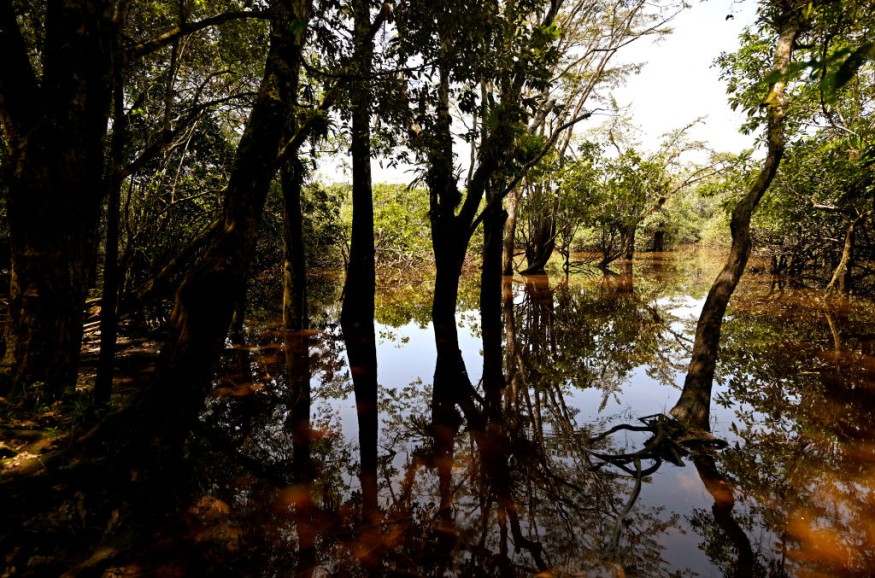Researchers warned of potential impacts of prolonged and extreme drought on the Amazon. A report published on May 20 discovered that the southern Amazon has suffered from frequent drought, which has slowed down forest recovery.
The Amazon plays a crucial role in biodiversity and the environment. Its diverse ecosystems are home to different known and unknown species. Additionally, the Amazon is important in mitigating climate change and global warming impacts.
Despite Amazon's ecological and environmental importance, it is threatened by widespread habitat loss, climate change, deforestation or illegal logging, invasive species, and extreme weather events.
Understanding potential threats to the Amazon is crucial for mitigation plans, protecting the region from habitat degradation and population decline of many species.
Amazon drought impacts on rainforest resilience and recovery

The latest report, published in PNAS and led by KU Leuven Earth, raised concerns about the increasing impacts of human disturbance on the Amazon forests, particularly in the southern portions. Researchers noted the frequency of intense drought, including its effects on the rainforest's recovery and resilience.
Using satellite images from 2001 to 2019 allowed researchers to better grasp the drought problem in the Amazon. This process is helpful to understand the urgency of drought in the region.
While the Amazon rainforests are resilient to pressing threats, increasing human-caused climate change is overwhelming. In the report, researchers discovered the region's slow recovery from extreme drought.
Prolonged and frequent drought is devastating not only to wildlife but also to communities that rely on the Amazon for transportation, livelihood, and food sources.
In the southern Amazon, the report highlights the footprint of human impacts on forest degradation. Widespread habitat loss exacerbated by drought will affect the survival of many animals that are sensitive to temperature fluctuation.
Due to climate change and higher temperatures, rising severe droughts can lead to large-scale impacts if protection and mitigation plans are not in place. Although the Amazon rainforest has an internal rain cycle to produce significant rain, extreme drought is still challenging.
Additionally, the report emphasized the role of canopy color as an indicator of the forest's health or resilience to extreme events, showing that the recovery process slowed down.
However, Amazon has yet to reach its tipping point, but it is warned of potentially devastating impacts if severe drought becomes more frequent. Protective efforts and continued monitoring are crucial to its role on the planet.
Ecosystem collapse
In a recent Nature World News (NWN) report, findings raised alarm about the impacts of different stressors, drought, climate change, and others, on the Amazon forests. A large-scale ecosystem collapse can likely happen by 2050 if threats continue to exacerbate,
As a result, emission reduction and protection of forests are vital to mitigate the decline of the Amazon forests and likely increase their resilience and recovery.
Related Article : Amazon Forest Can Suffer From Ecosystem Collapse Due to Warming, Climate Change [Study]
For more similar, don't forget to follow Nature World News
© 2025 NatureWorldNews.com All rights reserved. Do not reproduce without permission.





